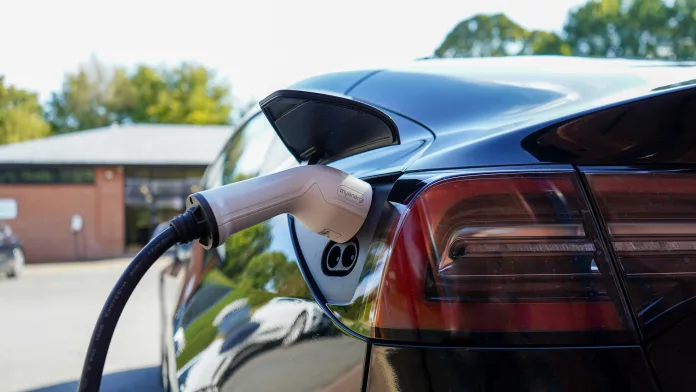In a recent exposé, Bloomberg Hyperdrive laid bare the turbulent journey of Hertz, a saga underscored by miscalculations that ultimately hindered the progress of electric vehicles (EVs) in the US. A quintessential narrative unfolded, featuring Wall Street titans embarking on a misguided quest to revolutionize Hertz’s rental car fleet with EVs, only to see their grand plans unravel.
Hertz’s Bankruptcy and Bold Move into EVs
When Hertz declared bankruptcy in mid-2020 amidst the Covid-19 pandemic, it caught the attention of Tom Wagner of Knighthead Capital Management and Greg O’Hara of Certares Management. Although novices in the rental car industry, they perceived a silver lining, envisioning a bright, electric future for Hertz. Wagner and O’Hara’s acquisition set the stage for an ambitious EV rollout, underscored by a massive Tesla order, with celebrity endorsements and grand charging network plans drawing investors to a highly successful IPO.
A Strategic Vision That Unraveled
Fast forward to the early months of 2023, and the once-celebrated EV strategy had backfired spectacularly. Tesla’s sweeping price cuts depreciated the fleet’s value, and Hertz staggered under the weight of accidents involving rented Teslas. These unexpected repair costs soared, exacerbating the misalignment between the projected and actual costs of maintaining the EV fleet. A narrative emerged of charging woes and infrastructural gaps—travelers shunned Teslas, favoring the familiarity of gas engines at rival rental agencies.
The Misjudged Bet on Tesla and EV Charging
Enthusiasm for the perceived profitability and ease of maintaining EVs blinded Hertz’s leadership. They forged ahead despite warnings from seasoned managers about the perils of used car pricing volatility. The reality revealed a different picture as business travelers and vacationers found the EV charging logistics cumbersome, and in certain locales, the charging infrastructure proved grossly inadequate for Hertz’s fleet demands.
The Consequences of Inexperience and Overconfidence
The Hertz tale has deeper nuances, revealing a gap between the allure of driving a Tesla and the practicalities of renting one. Accidents surged, attributed to the unforgiving power and braking of the EVs. Additionally, an insufficient Tesla service network hampered repair efforts, resulting in idle vehicles eating into potential earnings. This, coupled with the shift in Tesla’s pricing strategy, culminated in a stark reassessment of fleet values and a retreat from the heralded electrification strategy.
The Fallout
The fallout from these strategic blunders was palpable. Hertz’s boardroom became a battleground of differing visions, while CEO Stephen Scherr’s departure symbolized the disarray at the heart of Hertz’s operations. The company’s swift pivot to resell a large portion of its Teslas was a sober acknowledgment of the failed foray into electrification.
This case stands as a testament to the idea that wealth and wisdom are not inherently linked, and impactful decisions in the EV space demand more than just market enthusiasm; they require a nuanced understanding of the industry and consumer needs. The Hertz debacle, thus, serves as a poignant reminder that the journey to electric mobility is laden with complexities that call for thoughtful and informed stewardship.


























